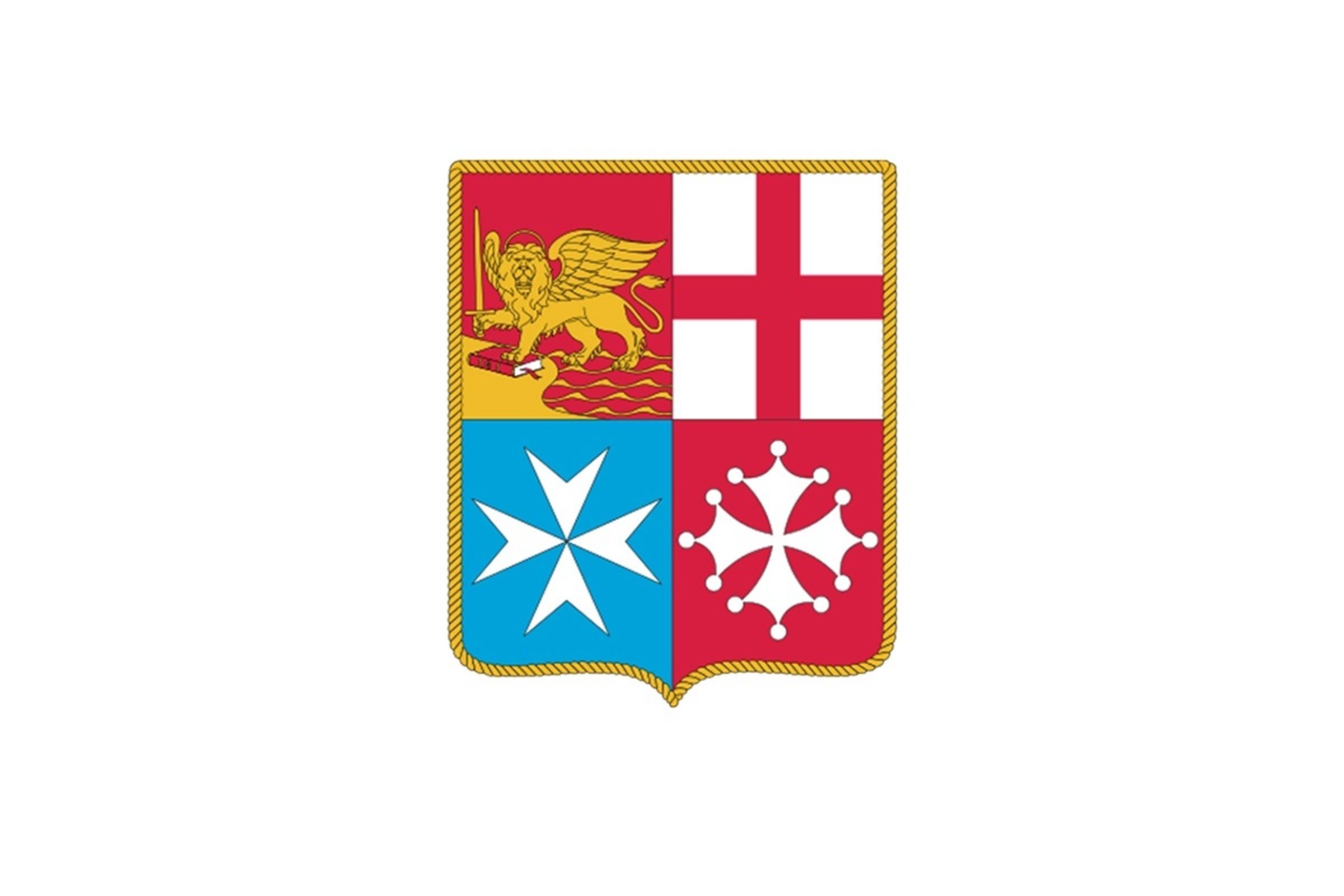The regatta of the four ancient maritime republics
“In the Middle Ages, Amalfi was one of the four great maritime republics, along with Pisa, Genoa and Venice.
In memory of this period every year at summer , in one of four ancient maritime republics, you can see the beautiful naval historical race.
The idea, born in Venice, was to have a race that could group the four rivals of the past and be at the same time a showcase for Italy abroad.
Under the eyes of thousands of onlookers, the regatta of the four maritime republics is preceded by a large medieval pageant re-enacting historical highlights of the four towns. Yet, there is no evidence that the regatta, as we see it today, was ever held eight centuries ago. The first contest between the former seafaring republics took place in 1956.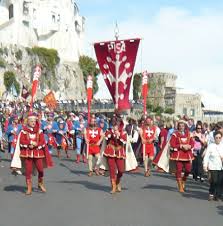
“Amalfi , situated near Naples, knew his best period in XI century when Pisa and Genoa power aren’t still developed . Things began to go pear-shaped in the 12th century, when it was sacked twice within three years. The end of the glory days came in the mid-14th century, when nature joined the enemy forces and most of the old city slid into the sea. In spite of these mishaps, it remains an elegant town. The cathedral, in Arab-Romanesque style, is the most beautiful in southern Italy; the great bronze doors, made in Constantinople in the 11th century, are a tribute to the town's illustrious past.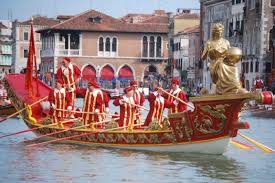
Genoa becomes a medieval commune near XI century participating in the First Crusades. The denomination of republic was made official in 1528 on the initiative of Admiral Andrea Doria.
The initial alliance with Pisa allowed the liberation of the western sector of the Mediterranean from Saracen pirates, with the reconquest of Corsica, the Balearics and Provence.
The participation at the First Crusade brought great privileges for the Genoese communities, which moved to many places in the Holy Land. The apex of Genoese fortune came in the 13th century with the conclusion of the Treaty of Nymphaeum with the Byzantine emperor Michael VIII Palaeologus Shortly afterwards, in 1284, Pisa was finally defeated in the Battle of Meloria.
Genoa was finally subdued by Napoleon in 1805 and annexed to the Kingdom of Sardinia in 1815, destroying the economy and forcing the emigration of the best workers to the Americas.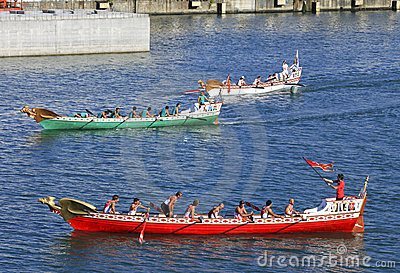
Pisa, at that time overlooking the sea at the mouth of the Arno, reached the apex of its glory between the 12th and 13th centuries, when its ships controlled the Western Mediterranean.
Allied in the past , Pisa and Genoa become enemies in the 12th century and fought in the naval Battle of Meloria , which marked the beginning of Pisan decline; Pisa renounced all claim to Corsica and ceded part of Sardinia to Genoa . Moreover, the Aragonese conquest of Sardinia deprived the Tuscan city of dominion over part of Mediterranean island . Pisa maintained its independence and control of the Tuscan coast until 1409, when it was annexed by Florence.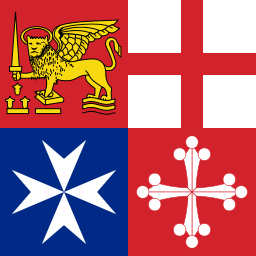
The Republic of Venice, also known as La Serenissima , started in 421 when it became independent from the Byzantine Empire, of which it was once formally a part, Venice remained as ally of Byzantium in the fight against Arabs and Normans. After the year 1000 it began its expansion in the Adriatic Sea placing those regions and their principal townships under Venetian control. In the 13th century, the city reached the peak of its power, dominating the commercial traffic in the Mediterranean and with the Orient. With the conquest of the important ports of Corfu and Crete Venice extended to the east and reached Syria and Egypt, endpoints of trading routes. After the 14th century, Venice had become one of the richest states in Europe. Venice became the largest of the maritime republics and was the most powerful state of northern Italy until 1797, when Napoleon invaded the Venetian lagoon and conquered Venice.

